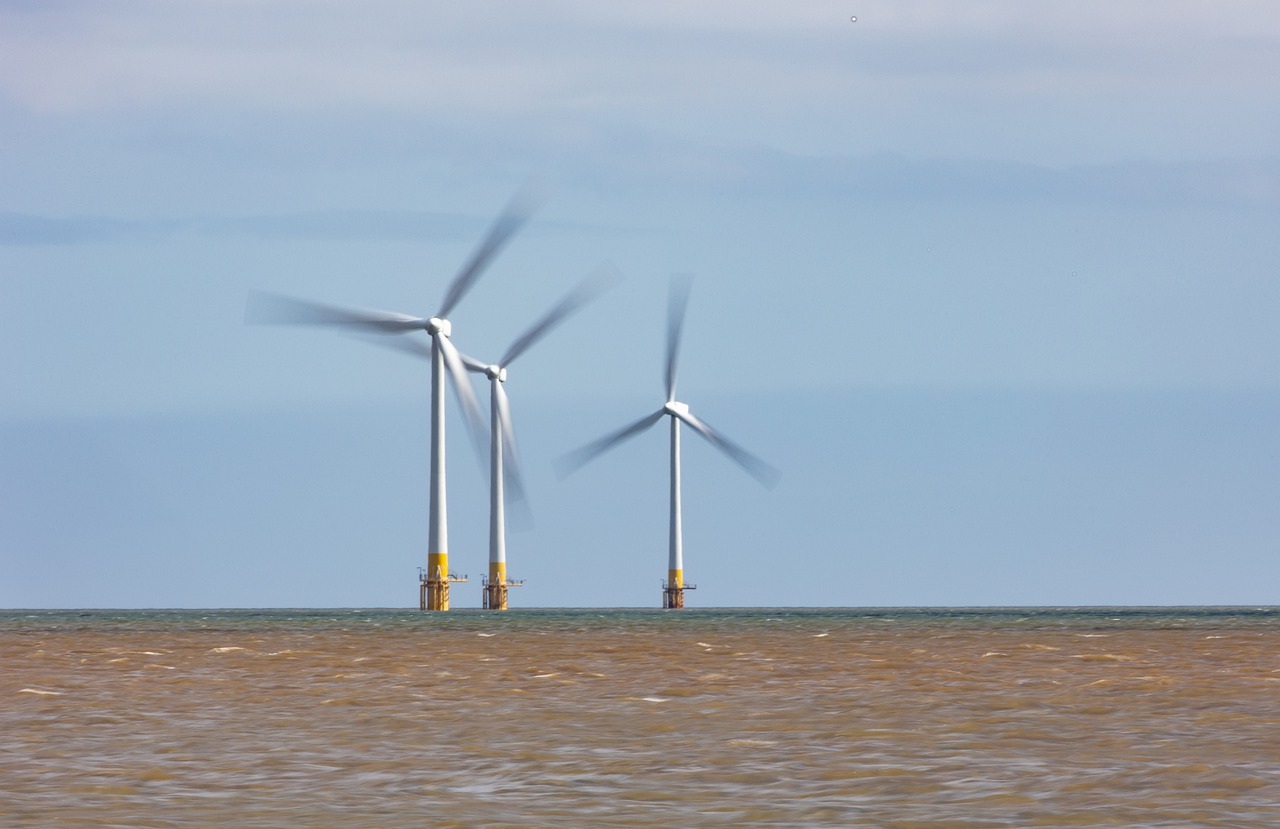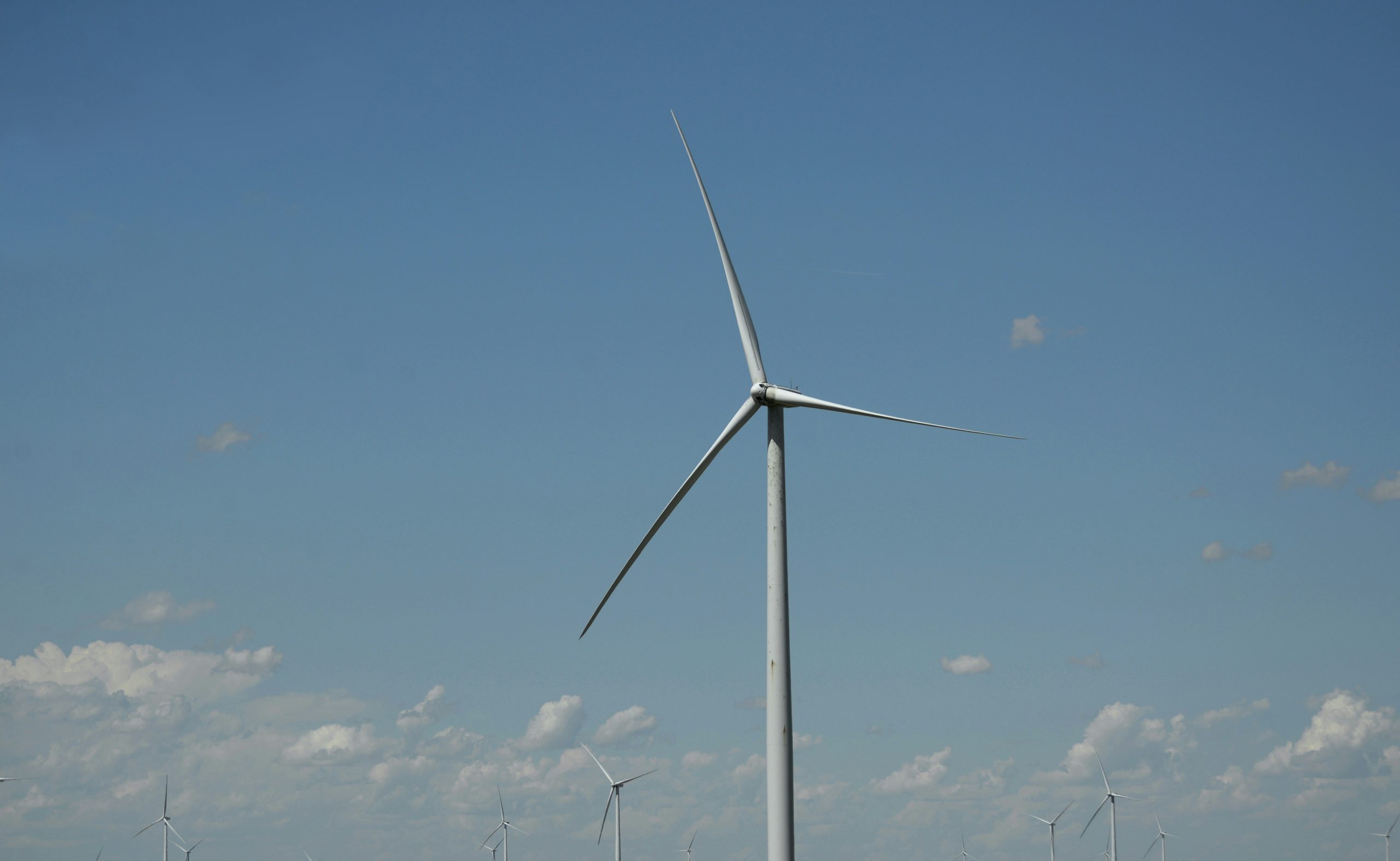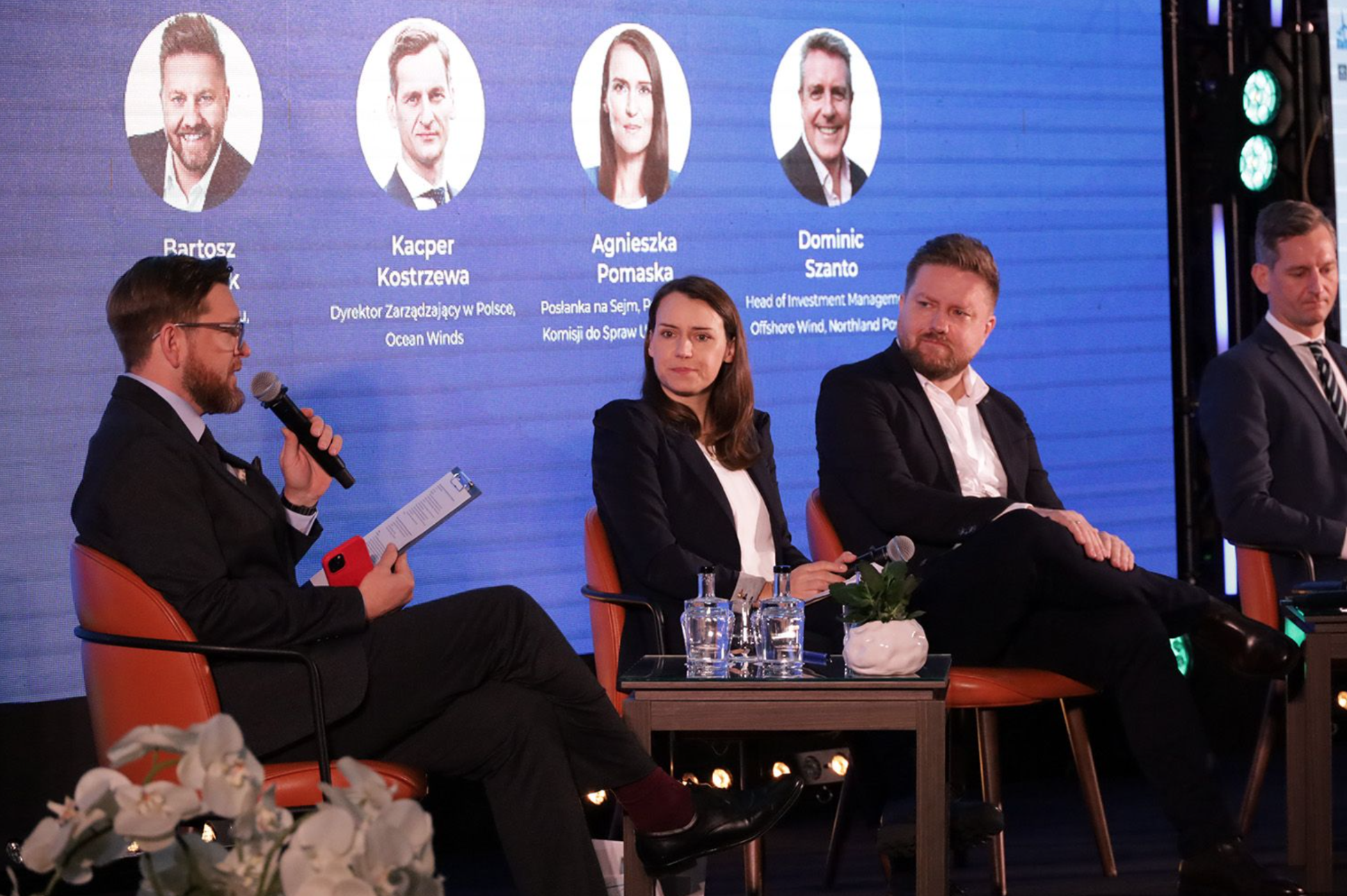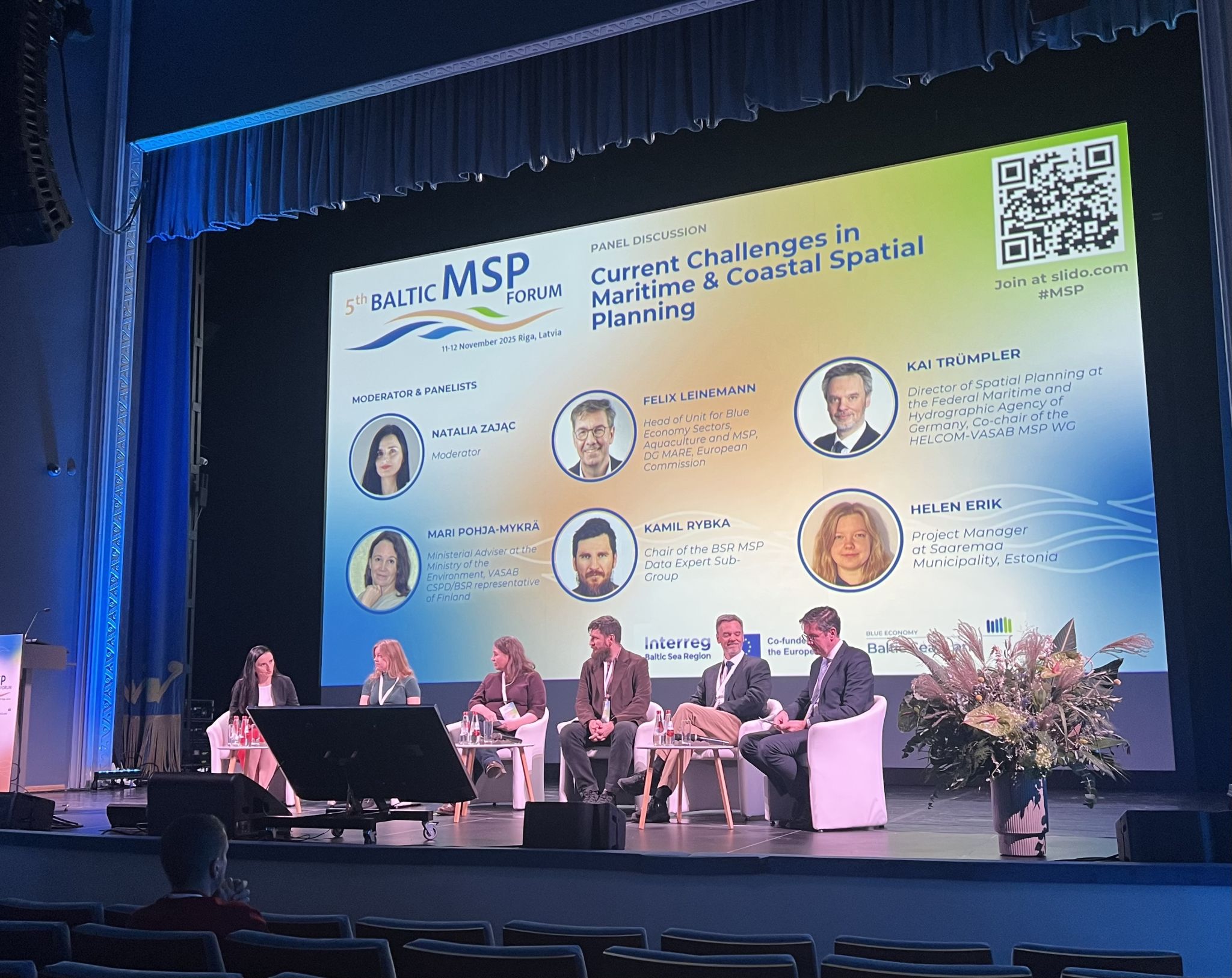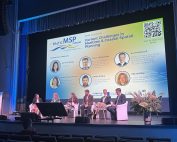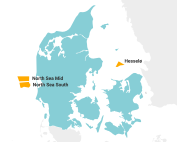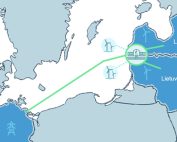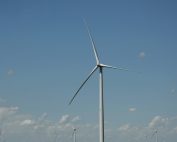Helsinki, Finland – Metsähallitus, a state-owned enterprise responsible for managing state-owned land and water areas, has partnered with the Geological Survey of Finland (GTK) to conduct seabed soundings as part of its new offshore wind farm projects. This collaboration will provide crucial data for the construction and planning of the wind farms, as well as environmental assessments.
The preliminary studies and project development for the four offshore wind farms are currently underway in the designated areas. The sounding of the seabed, a key component of these preliminary studies, will be carried out by the Geological Survey of Finland, which was selected as the partner through a competitive tendering process.
The seabed soundings have already commenced in Närpiö in June 27th, and will follow in Pyhäjoki, Raahe, and Siikajoki in mid-July. Each area will take approximately three weeks to complete, but the progress is subject to weather conditions.
The offshore wind farm areas that will be sounded span between 120 to 230 square kilometers, with water depths ranging from 10 to 45 meters. These areas are located in the public waters of the Gulf of Bothnia.
Ville Koskimäki, Wind Power Project Development Manager at Metsähallitus, emphasizes the importance of seabed sounding in informing the construction and layout of offshore wind farms, as well as conducting nature surveys.
He explains, “Sounding data helps to determine where wind power plants or other offshore wind farm structures can be placed and what kind of foundations are needed for wind power plants.”
The sounding equipment used by GTK will provide detailed information on various aspects of the seabed, including depth variations, the quality and thickness of seabed layers, and the presence of any objects. GTK’s expertise lies in decades of sediment studies in the Finnish coastal area, where acoustic seismic soundings have been compared to extensive seabed samples. This extensive seabed geodatabase allows for meaningful comparisons with the new research areas.
“The sounding phase is demanding because the company selected for the construction and operation of the offshore wind farm will design the power plant structures based on the information gathered during this phase. As the project progresses, the seabed characteristics will be examined in greater detail,” notes Koskimäki.
GTK’s responsibilities extend beyond seabed soundings. They will also process the collected data to facilitate permit applications, aid in the planning of wind farm areas, assess seabed-related risks, and provide information to the relevant authorities.
The collaboration between Metsähallitus and GTK marks a significant step forward in the development of offshore wind power projects in Finland. With comprehensive data on the seabed conditions, these initiatives aim to contribute to the country’s clean energy goals while ensuring environmentally sustainable practices are implemented throughout the construction and operation phases.
Source: Metsähallitus
